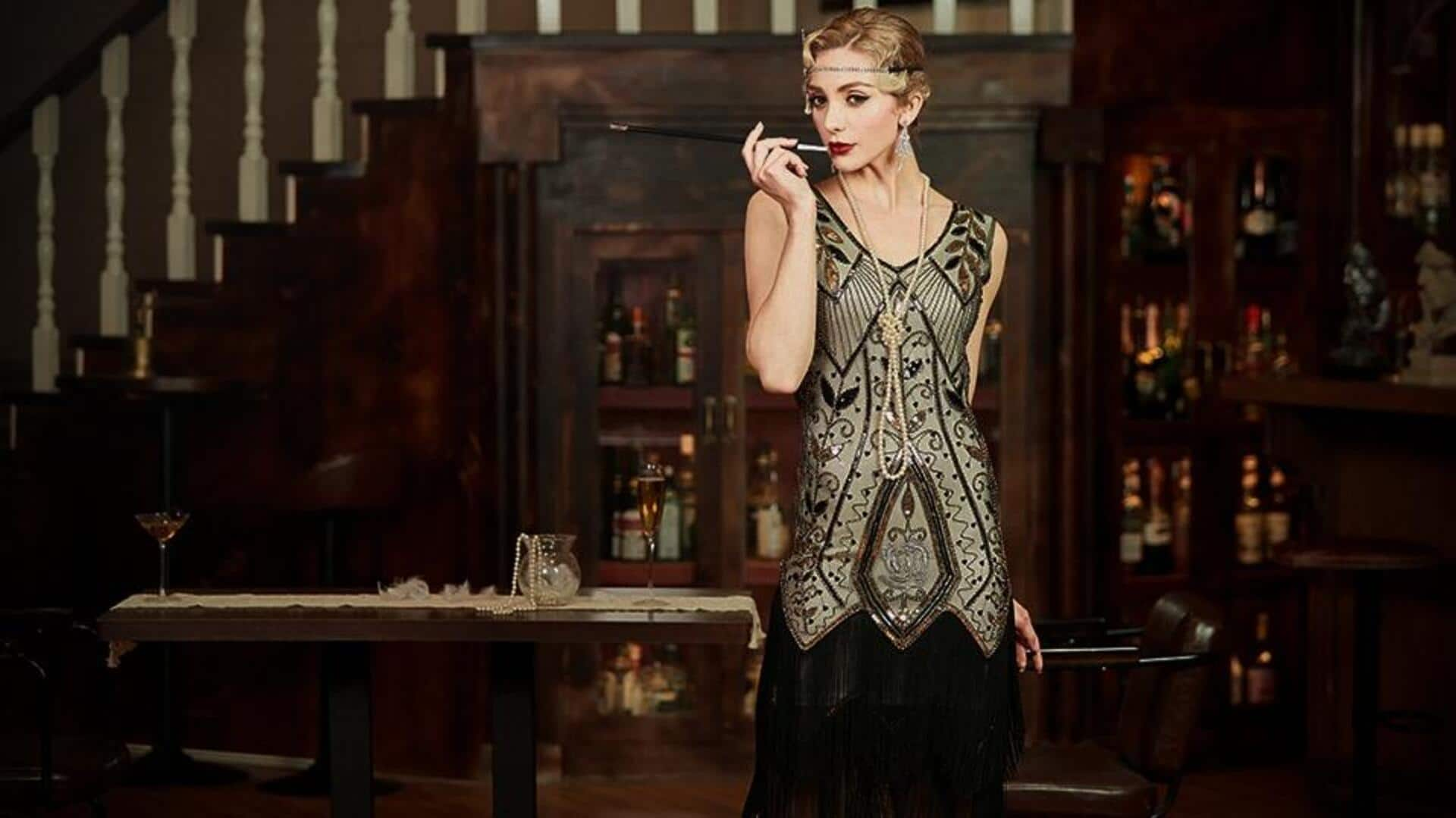
Reviving 1920s flapper fashion today
What's the story
The 1920s flapper dress marks a pivotal moment in fashion, symbolizing freedom, rebellion, and femininity.
It challenged societal norms and propelled women's fashion into modernity.
This attire is not just about style but a celebration of femininity.
We explore reviving the essence of this era by blending its timeless elegance with today's fashion sensibilities, making it relevant for contemporary wear.
Background
The Roaring Twenties revisited
The 1920s was an era marked by significant social and cultural change.
Women gained more freedoms, including the right to vote in many countries.
This newfound independence was mirrored in their fashion choices.
Flapper dresses were characterized by their loose fit, dropped waistlines, and intricate embellishments like sequins and fringe.
They embodied the spirit of liberation and joy that defined the Roaring Twenties.
Key concept
Key elements of flapper style
To incorporate flapper style into today's wardrobe, focus on its key elements: simplicity in silhouette and opulence in detail.
Look for dresses with straight cuts that allow movement and comfort.
Embrace luxurious textures and materials such as silk or satin adorned with beads or sequins for that quintessential sparkle.
Fringes add a playful touch that captures the essence of the 1920s dance halls.
Practical advice 1
Modernizing the flapper dress
Modernizing a flapper dress doesn't mean losing its vintage charm; it's about making it wearable for today's occasions.
Pairing a knee-length flapper dress with contemporary accessories like minimalist jewelry or sleek heels can bridge nearly a century of fashion history.
Opt for subtle colors for formal events or bold patterns to make a statement at casual gatherings.
Practical advice 2
Sustainability meets vintage glamour
As sustainable fashion gains momentum, reviving the flapper dress is eco-friendly and chic.
Shopping at vintage stores or using heirloom pieces preserves history and reduces environmental impact.
Customizing these finds for modern tastes or body shapes ensures they stay relevant.
This practice keeps the spirit of the 1920s alive, marrying it with current trends and values, symbolizing progressiveness then and now.